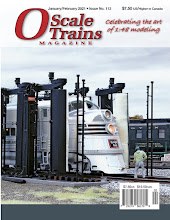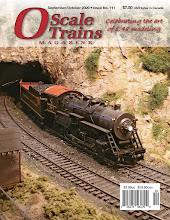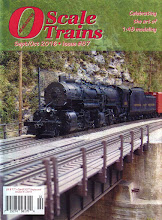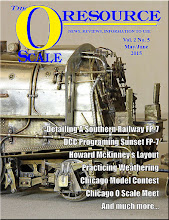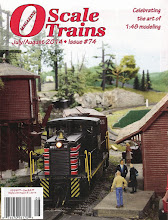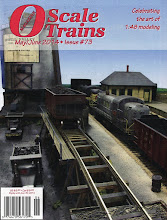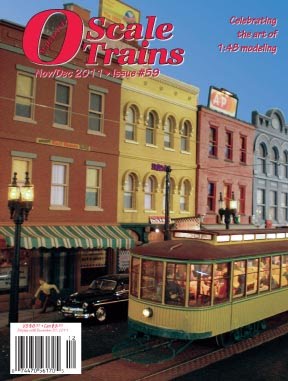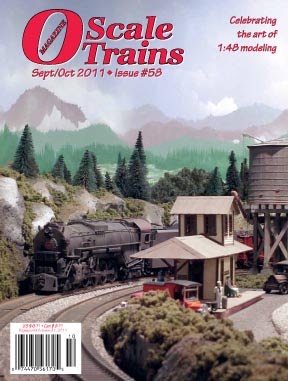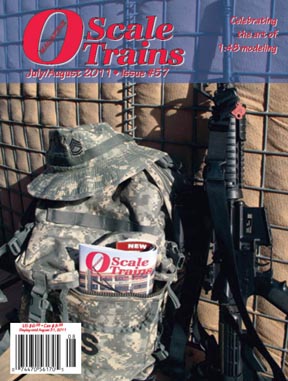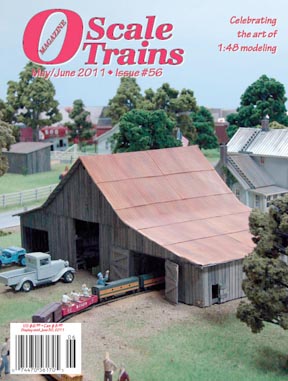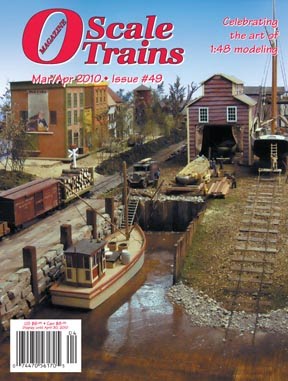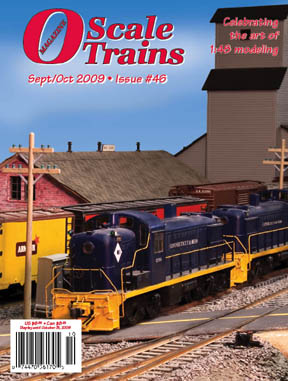Southern only had two dome cars on the system. One of them was 1613, originally Wabash 203/Norfolk and Western 1613, found its way to the Southern via Central of Georgia in 1970-1971. It found itself on the rear of both the Crescent as well as the train #3 - the Salisbury-Asheville (formerly the Asheville Special).
Lionel released a relatively accurate rendition of Southern Railway's 1613 dome, SKU 2027310 "Southern Vistavision Dome #1613". Suggested catalog retail price was $329.99, despite the website currently showing $399.99. I don't remember the specific release date, but I ended up ordering my model from a dealer in May 2022.
Lionel had and continues to have a hard time handling colors despite using the Pantone Library for consistency. When I saw the original catalog artwork (which is still in the link above), I reached out to Lionel with a number of corrections. They originally wanted to match some other previously released cars and had an incorrect color and font.
Lionel ended up taking my recommendations below into account:
- Corrected carbody color (I had recommended Pantone 5535c)
- Corrected roof color to black.
- Corrected yellow of lettering/striping (either Pantone 141c or 142c)
- Corrected letter/number font
- Corrected placement of numbers
- Corrected stripe width and placement
I remember spending an hour or two trying to figure out the best Pantone color for the lettering from photos. Metallic gold was on the table, but in all photos, it always looked a shade of yellow. Lighting and photo exposure then affects that yellow.
Beyond that, two things I asked for didn't make it in:
- Black underbody. The underframe came with the green used on the carbody. Simple fix.
- Accurate 41-CUDO trucks. I did try to ask that they provide these trucks, as I thought they had made them based on other catalog artwork, but turns out Lionel didn't have tooling for them, only the 41-ND trucks they use on every streamlined car.
I didn't pre-order as I was scared what might actually show up from the factory (which mistakes can still happen despite what you provide a factory). I was pleasantly surprised and made an order once I saw from others what was delivered. I can't speak to the interior layout, but the car was built well and the paint/lettering came out as I had recommended. Below are the additional updates I made to my model:
- Add a PSC-40823 brass vestibule end gate to the vestibule on the 5-window side of the dome.
- Paint the underframe black.
- Paint the interior from tan to a set of "accurate" colors.
- Add Antimacassars decals with SOU emblem to every seat.
- Add MTH figures to the interior.
- Add window film to all windows except for the camera window
- Convert to #746 long-shank Kadee couplers using the provided adapter.
- Add working magnetic air hoses. (Did not add steam line or anything else.)
- Convert to Wasatch brass 41-CUDO 2R trucks
- Add power pickups to the 41-CUDO trucks.
Notes:
- I didn't note exactly what colors I used, but I painted the seats some shade of red, the floors/walls maroon, and the dome seats green. The prototype photos show that the seats were more of a mix of a pattern of colors, so I just went with the general color.
- The Antimacassars decals are my own design, and made custom to the measurements of the this car's interior, so I could place each pair of seats at one time.
- There were etched mirrors on various walls inside the car. I used a reflective product I found at Michael's that I could cut to size and glue to the walls.
- Tinting the windows could have been multiple ways. I decided to use a window film I found on Amazon. It did take a bit of effort to cut to shape and get it to stick to the sharp curvature of the window.
- I had to modify the bolster and retap the holes to mount the 41-CUDO trucks.
- I run DCC, so the lighting and camera work just fine as the electronic components convert the square-wave AC similar to the 3-rail AC.
- The Lionel Wireless Camera app that is required to connect to the camera is interesting. Definitely not the most robust Chinese piece of software, but essentially the camera board has a WiFi chip that advertises its own unique SSID. You connect your iOS/Android device to it and then open the Lionel Wireless Camera app and then it should detect the camera and you go from there. You can watch in real time, take screenshots, and also take video recordings. Relatively easy, but quality is only decent, not even 1080p.
- Somewhere between 20-40 hours went into these modifications including testing/prep.
Below is the photo essay:
 |
Finished car
|
 |
View of the dome w/ tinted windows
|
 |
Camera window left untinted
|
 |
View of interior with tint
|
 |
Another view of interior with tint
|
 |
Provided Kadee Coupler mounts
|
 |
Where mounts mount to underframe
|
 |
Visualizing how the car will mount with a PSC bolster
|
 |
Mounted PSC bolster
|
 |
topside view
|
 |
View of modified truck
|
 |
Tension partially keeps board in place
|
 |
Side view of painted Wasatch 41-CUDO truck
|
 |
Another view of finished truck
|
 |
Back of Antimacassars decals
|
 |
View of completed dome section. The dome comes off separately.
|
 |
Interior view
|
 |
Interior view 2
|
 |
Completed interior
|
 |
In progress airbrushing
|
 |
Bottom of dome seating. Hole is for camera to slip through.
|
 |
Comparison of window film vs Tamiya clear blue. This film was redone as it tore in the corners.
|
 |
Used Gila film solution and styrene to press film into corners. Then came back and trimmed with an Xacto knife.
|
 |
Mix of paint used to match PSC gate to body color
|
 |
How it was mounted into the plastic diaphragm piece
|
 |
You can see the leftover green before I painted the underframe. On/Off switches for Camera/Lighting.
|
 |
View from Camera on the Lionel Wireless Camera app
|
Here's a short video taken from the app. Sorry for the mess, that OMI RS-11 box will be written about on this blog at some point.
Thanks for looking.

















































